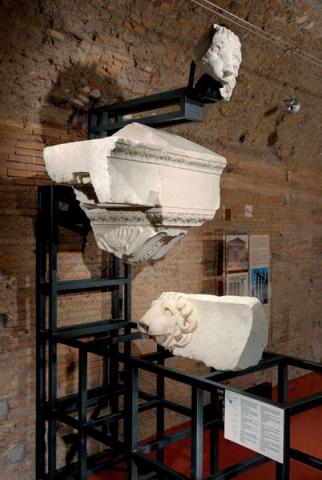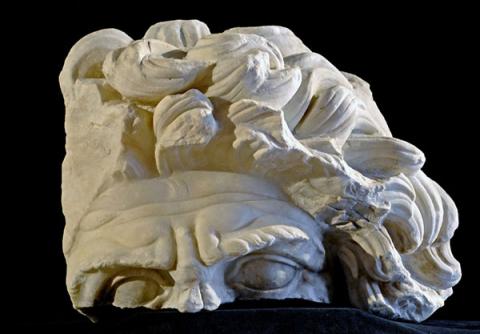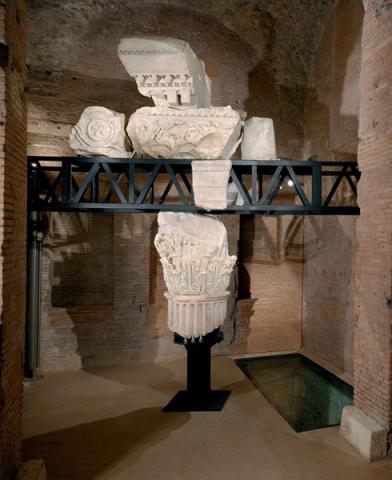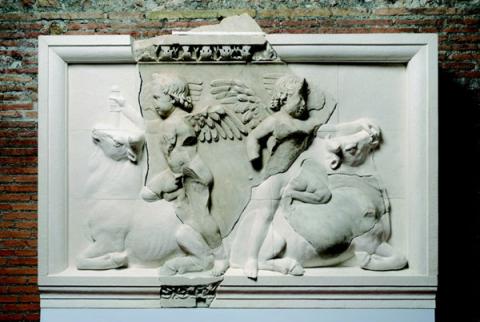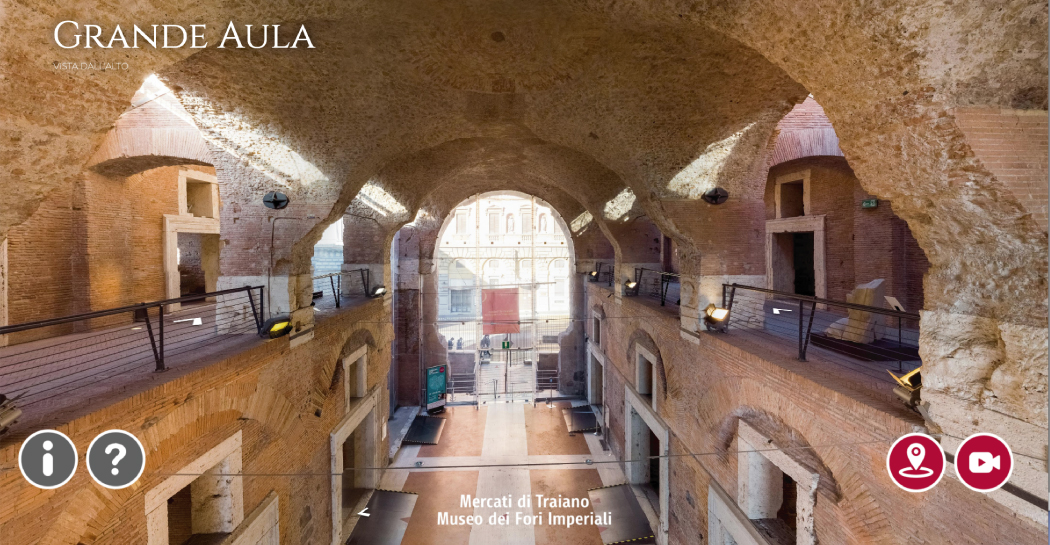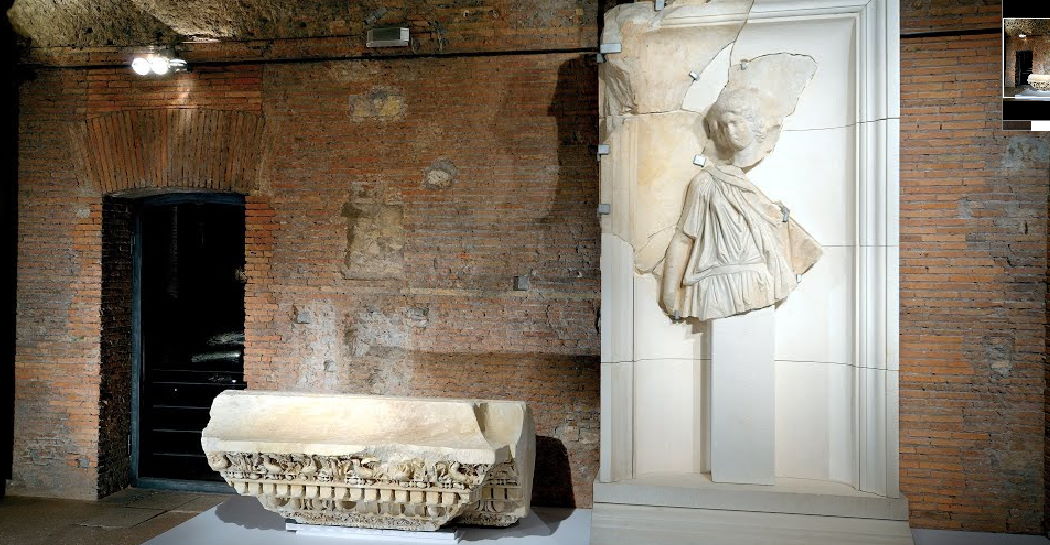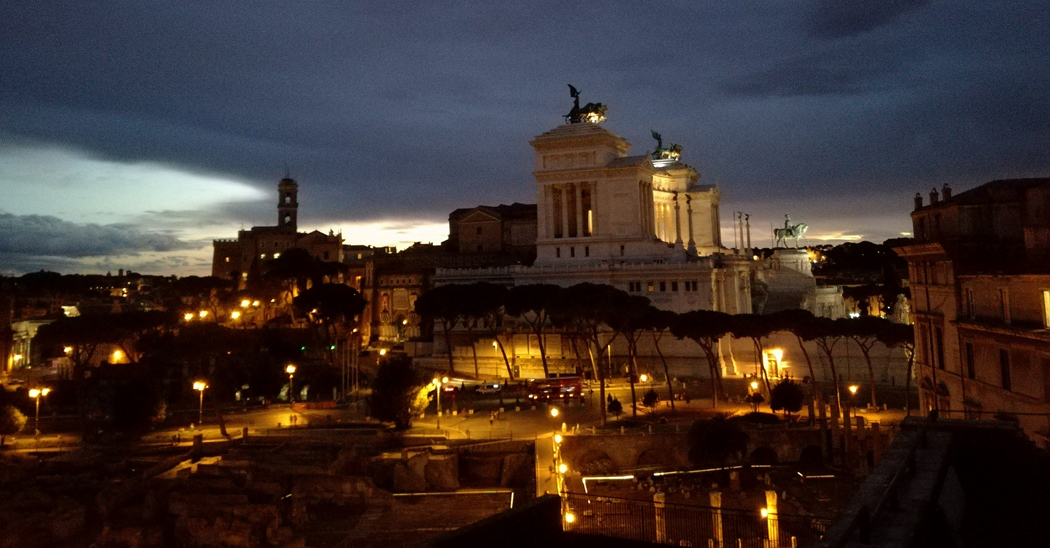Introduction
A window ... on the imperial Forums
The Markets of Trajan are an archaeological complex of uniqueness in Rome, perhaps even worldwide. They represent an area that has experienced the evolution of the city from the imperial age to today; an area that has been constantly recycled and transformed. The markets once the strategic administrative centre of the Imperial Forums, successively became a noble residence, a military fortress, a prestigious convent and a barracks... a continuous evolution. It has gone through architectural changes and the signs of the various “hands” from these different eras are all still visible. Now, with the completion of recent restorations, we too have crafted out a functions for it and so The Markets of Trajan have begun a new “season” of life.
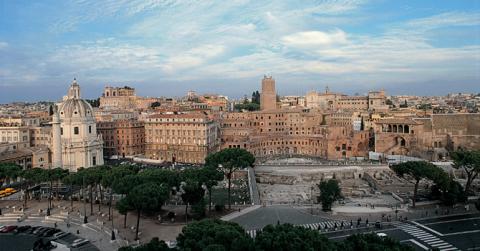
It's incredible that Rome, being so rich in monuments and museums, has not had a center dedicated to ancient architecture yet that allows us to understand its structural, architectural and decorative aspects.
Unsurprisingly, the suggestion is great when crossing the great archaeological areas of the Roman Forum and the Imperial Forum, despite that the real perception of the ancient "city" is very low.
The Trajan complex today is more than ever located in a strategic point of the modern city on an ideal cultural line that connects it to the great Museum complex of the Campidoglio, to the Palazzo delle Esposizioni, to the National Archaeological Museum on one side, and on the other to the central archaeological area- Colosseum, Roman Forum and Palatine Hill, Imperial Forums - thus making it permeable to the ancient city as well as to the modern one.
By taking advantage of this ambivalence as a container of excellence of its own history and the history of the city, we have designed the exhibition dedicated to the Imperial Forum in the Trajan's Markets, which were an integral part of it, not as an "ancient mall" (according to past archaeological literature ), but as a set of buildings intended to administer the activities and functioning of the largest and most famous of the Forums, the one wanted by the emperor Trajan. We do not want to “exhibit” the single fragments (albeit stupendous) of a past decorative splendor, we want to recreate the architectural-sculptural decoration materially, even by doing very demanding works from the material point of view.
But that's not enough: it is absolutely essential to make the visitor perceive the complexity of the ancient construction site, its working system, its "technology", as well as re-proposing the real environment, that is the activities that took place in the Forums, the people who frequented them, in other words reproducing real life in real spaces.
To achieve these goals, respecting the scientific accuracy of the reconstructions, we propose to use the best technologies available today: from graphics to multimedia, avoiding to use only one method of expression, but choosing the most flexible one according to the communication needs: the products multimedia deriving from the communication system, publication through websites, CD-ROMs and DVDs, are now permanently part of the production in the museum and cultural field in general and alongside the traditional paper output (guides in various languages, catalogues, etc.), making wider circulation of information at various levels.
The multimedia equipment (hardware and software), scientific research and graphic processing, the specific set-up for communication, laboratories for the various target audiences, collateral activities, such as international conferences and conventions, periodic exhibitions, flank the permanent collection and increase cultural exchanges with other countries and with Italy itself.
Lucrezia Ungaro
Responsabile del Museo dei Fori Imperiali


























